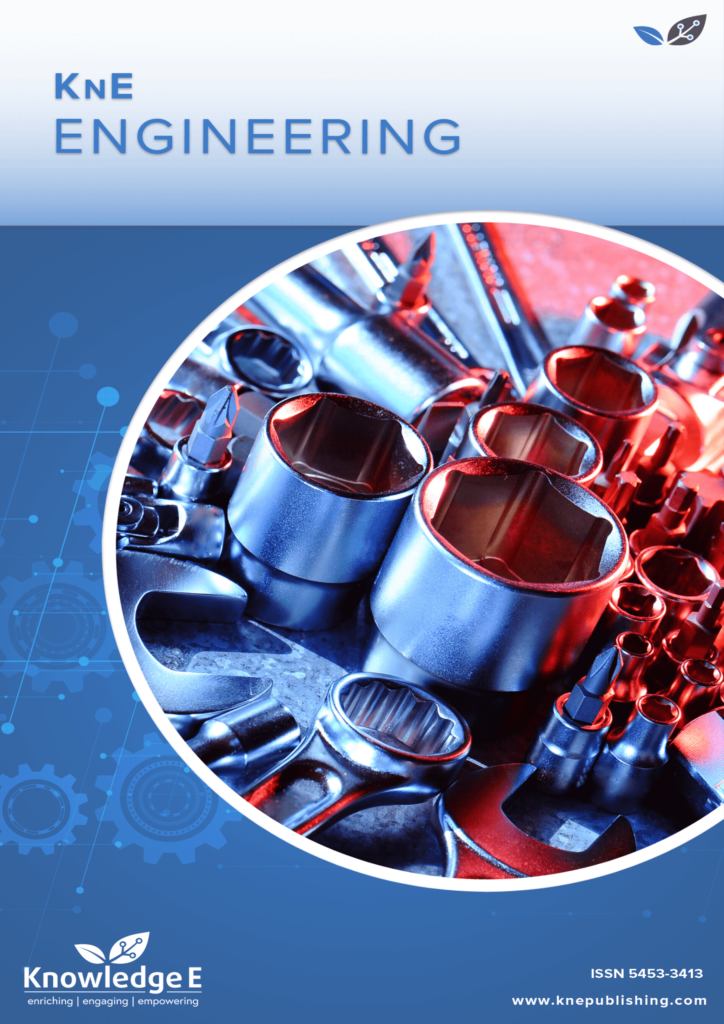
KnE Engineering
ISSN: 2518-6841
The latest conference proceedings on all fields of engineering.
Comparison of Different Fuel Compositions for a Research Reactor with Thermal Power of up to 10 MW
Published date:Feb 21 2018
Journal Title: KnE Engineering
Issue title: XIII International Youth Scientific and Practical Conference "FUTURE OF ATOMIC ENERGY - AtomFuture 2017"
Pages:34-40
Authors:
Abstract:
In this article the prospect of using carbide fuel in a research reactor for export to countries with developing nuclear power is consider. The choice of a fuel composition for a research reactor is an important part in substantiating of the neutron-physical and economic characteristics of a reactor facility, and is also an important part of the control-dependent self-sustaining fission chain reaction in a nuclear reactor that affects the specifics of management. For reducing the economic component in the design of this reactor core of the research reactor, structural materials and design solutions are used that have extensive experience in domestic power engineering. In this work UO2-ThO2 and PuO2-ThO2 was selected as the considered fuel compositions. In the course of the study, characteristics were obtained for a burnup of the fuel compositions under study, the initial reserve of reactivity and the duration of the fuel campaign.
References:
[1] G. Bat, A. Kochenov, L.Kabanov. Research Nuclear Reactors. [Text] / G. Bat, A. Kochenov, L.Kabanov,– M.: Energoatomizdat, 1985. – 280 p.
[2] V. Budov, V. Farafonov. Designing the main equipment of nuclear power plants. [Text] / V. Budov, V. Farafonov„– M.: Energoatomizdat, 1985. – 320 p.
[3] Jaakko Leppanen, PSG2/SERPENT - A Continious Energy Monte-Carlo Reactor Physics Burnup Calculation Code, — Helsinki: VTT Technical Research Centre of Finland, 2012.
[4] A. Stroganov, A. Kuryndin, at al. Using the SERPENT code to calculate Keff of uranium-water-graphite systems. // Questions of Atomic Science and Technology. Ser. Physics of nuclear reactors. - 2011. - Release. 3. - P. 72-76.
[5] S. Alekseev, V. Zaytsev. Thorium in nuclear power engineering. Moscow: TECHNOSPHERE, 2014. – 288p.
[6] N. Ponomarev-Stepnoy, G. Lunin, A. Morozov at al. The light-water thorium reactor VVER-T / // Atomic energy. - 1998. - Vol. 85, no. 4. - P. 263.
[7] V. Boyko, P. Gavrilov, I. Shamanin, M. Gerasim, V. Nesterov. Critical neutron-physical parameters of uranium-thorium and plutonium-thorium alloys, Izvestiya Tomsk Polytechnic University. 2006. T. 309. № 1.
[8] V. Murogov, M. Troyanov, A. Chmelev. Use of thorium in nuclear reactors. – M.: Energoatomizdat, 1983. – 96 с.
[9] IAEA Safety Standards №NS-R-4, 2010
[10] Yu. Volkov. Physical and technical fundamentals of designing nuclear reactors: textbook, Obninsk, IATE, 1996.